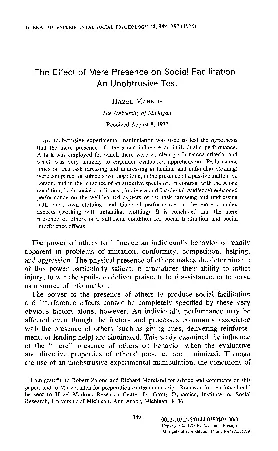PPT-Psychology 3450W: Experimental Psychology
Author : test | Published Date : 2018-09-30
Spring 2018 Professor Delamater Experimental Research Basic Concepts 1 The Main Features of an Experiment a Types of Independent Variables b The Nature of the
Presentation Embed Code
Download Presentation
Download Presentation The PPT/PDF document "Psychology 3450W: Experimental Psycholo..." is the property of its rightful owner. Permission is granted to download and print the materials on this website for personal, non-commercial use only, and to display it on your personal computer provided you do not modify the materials and that you retain all copyright notices contained in the materials. By downloading content from our website, you accept the terms of this agreement.
Psychology 3450W: Experimental Psychology: Transcript
Download Rules Of Document
"Psychology 3450W: Experimental Psychology"The content belongs to its owner. You may download and print it for personal use, without modification, and keep all copyright notices. By downloading, you agree to these terms.
Related Documents














